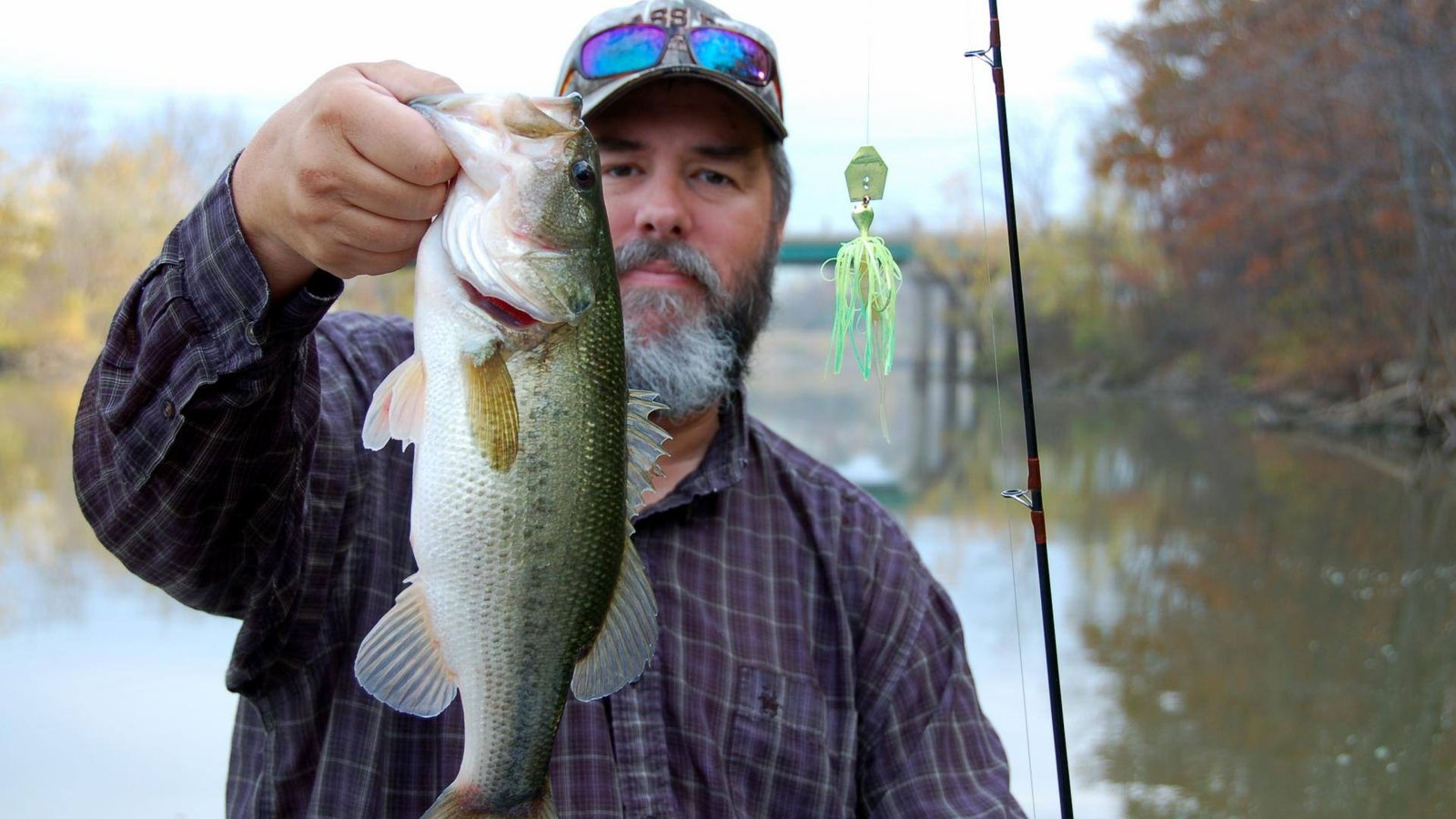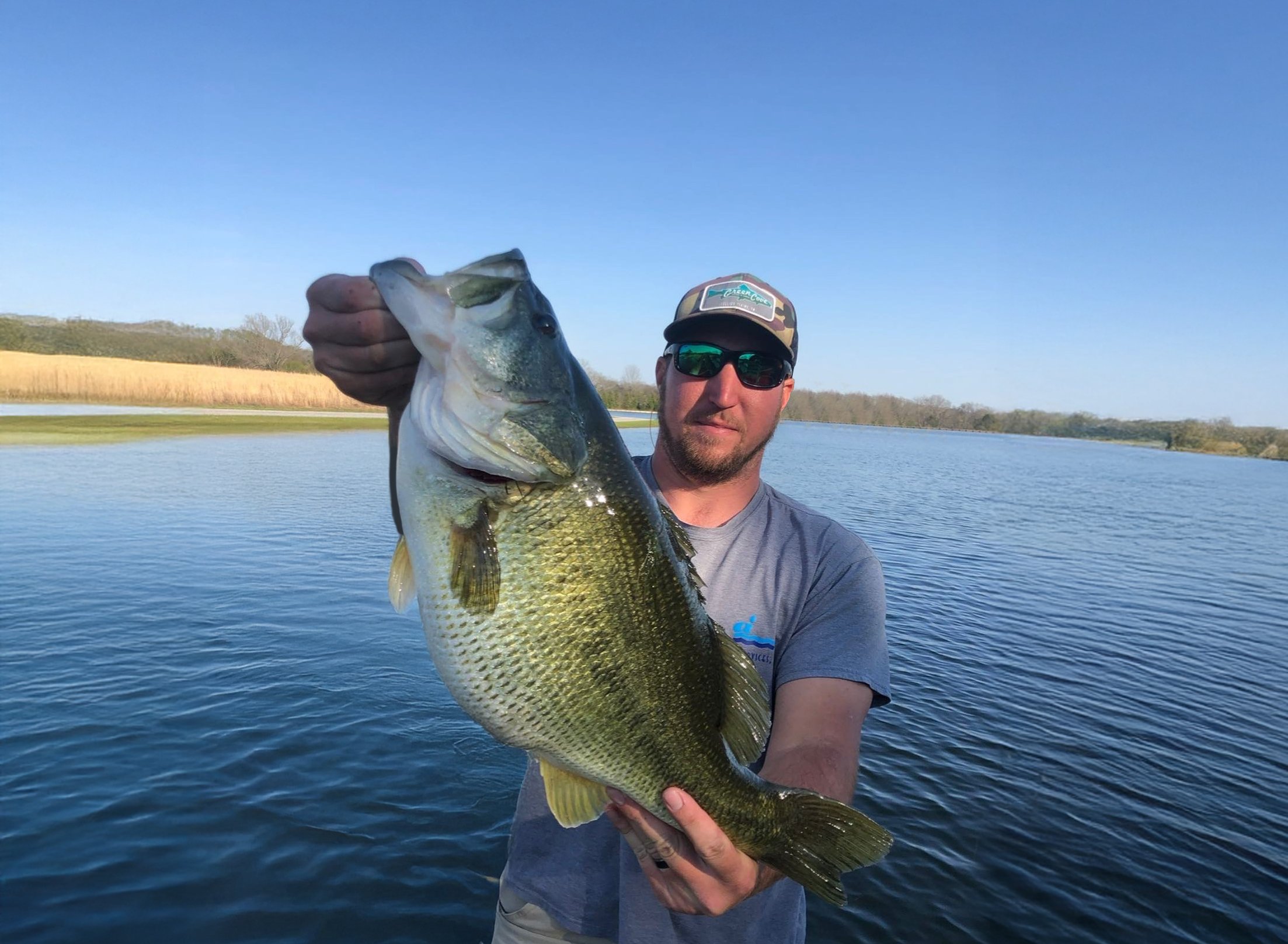How Often Should You Restock Your Pond? Tips for Healthy, Thriving Fisheries

Why One-Time Fish Stocking Isn’t Enough
A well-stocked pond delivers more than just excellent fishing—it supports a vibrant, self-sustaining aquatic ecosystem and creates endless recreation for families and guests. At Aqua Services, we frequently hear from pond owners who assume that a single fish stocking—especially using one of our expert-designed stocking packages—is all it takes. However, even a perfectly stocked pond will need ongoing fish management to stay healthy and productive.
Pond fish stocking is not a one-and-done project; routine evaluation and periodic restocking are vital for maintaining a balanced, thriving fishery over time.
What Happens After the Initial Fish Stocking?
Over time, every small pond fish population undergoes natural changes. Fish grow, compete for food, face mortality, or encounter reproduction challenges. Without active private pond management, imbalances can develop that affect both fish health and fishing quality. Let’s explore common issues and how periodic fish restocking—including both predator fish and forage species—helps maintain a balanced ecosystem.
1. Stunted Largemouth Bass Populations
Largemouth bass are top predators that rely heavily on an abundant supply of small forage fish to grow properly. Without enough prey species like bluegill or fathead minnows, bass growth slows, resulting in undersized, stunted populations.
Restocking Solution:
Adding fathead minnows and golden shiner minnows provides essential food sources that help bass grow larger and faster. Spring and fall are ideal seasons for restocking forage fish when feeding activity peaks.
Helpful Resources:
- Oklahoma Department of Wildlife Conservation - How to Fix a Stunted Bass Pond
- N.C. Wildlife Resources Commission - Largemouth Bass Stunting and the Prevalence of Small Bass
2. Overpopulated Small Bluegill
When predator numbers decline, bluegill populations can explode. Overcrowding leads to poor growth rates, resulting in a pond full of small, skinny fish.
Restocking Solution:
Supplement with additional largemouth bass or hybrid striped bass to regulate the bluegill population naturally and reestablish a healthy food web.
Helpful Resources:
- Virginia Department of Wildlife Resources - Pond Management: Managing Fish Populations
- Illinois Department of Natural Resources - The Big Bluegill Experiment
3. Declining Fish Numbers
Natural mortality, predation, oxygen depletion events, and fishing pressure all reduce fish numbers over time. Even if your pond looks great, fish populations may quietly decline.
Restocking Solution:
Reintroduce both forage fish and game fish every few years to maintain pond productivity and biodiversity. Fast-reproducing forage species help boost struggling fish communities.
Helpful Resources:

.jpg?width=1200&length=1200&name=bigstock-fisherman-and-bass-37778830%20(1).jpg)
Fish Species That Require Routine Restocking
Certain pond fish species require ongoing restocking because they don’t reproduce well—or at all—in small pond environments:
- Triploid Grass Carp: These sterile fish are essential for aquatic vegetation control but must be replenished every few years.
- Hybrid Striped Bass: A fast-growing predator that requires regular restocking to sustain catch rates.
- Hybrid Bluegill: These aggressive fighters have limited natural reproduction and need supplementing every few seasons.
- Channel Catfish: Without proper spawning structure, catfish populations dwindle and should be restocked routinely.
- Fathead Minnows & Golden Shiners: These vital forage species often get depleted by predators and benefit from annual or biannual restocking to keep your food chain strong.
Why Population Surveys Matter for Long-Term Fishery Success
One of the most effective tools in professional lake and pond management is a population survey. These surveys—often conducted via electrofishing or netting—allow our fisheries biologists to gather precise data about the composition, size structure, and health of fish populations within a waterbody. While restocking is often necessary to correct imbalances, population surveys give us the insights needed to make science-driven decisions.
By understanding how predator and prey species interact, how quickly fish are growing, and which size classes may be missing or overrepresented, our team can pinpoint specific issues—such as stunted growth, overpredation, or underperforming forage bases. This data-driven approach means we’re not guessing—we’re tailoring a management plan that supports both recreational goals and ecological balance.
Population surveys also help track the long-term effectiveness of restocking efforts. Over time, this feedback loop allows us to adjust strategies seasonally and annually, ensuring your lake or pond becomes and remains a thriving aquatic ecosystem. For property owners and HOAs, this means more reliable fishing, healthier water, and a stronger return on your investment in stocking and habitat enhancement.
So, How Often Should You Restock Your Pond?
There’s no better feeling than seeing a child reel in their first fish or a family enjoy a full day of fishing at your pond. However, a low fish population or stunted growth can quickly turn excitement into frustration. By maintaining abundant, healthy fish populations through routine pond fish restocking, every cast stays exciting—and every memory becomes a story worth telling. While every pond is different, a good rule of thumb is to evaluate your fishery health every 2–3 years.
- Forage fish (fathead minnows, golden shiners) should often be restocked annually or biannually, especially in bass-heavy ponds.
- Game fish like largemouth bass and hybrid species should be added every 2–4 years depending on population dynamics and your goals.
Whether you’re looking to grow trophy bass, maintain a thriving family fishery, or control aquatic vegetation naturally, a proactive pond management plan is key.
Ready to keep the fish—and the memories—coming for years to come? Aqua Services offers tailored stocking plans and expert advice to help your pond reach its full potential. Contact us today to learn more about the best ways to stock and manage your pond!
About Aqua Services, A Jones Lake Management Partner
Since 1983, Aqua Services has been a trusted leader in lake and pond management, delivering scientifically backed solutions to create and maintain healthy, balanced, and beautiful waterbodies. As a Jones Lake Management Partner, our team specializes in a full range of services to include algae and aquatic weed control, aeration systems, water quality monitoring, fisheries management, hydraulic dredging, invasive species control, and shoreline restoration. We work with HOAs, municipalities, golf courses, and private lake owners throughout Alabama, Arkansas and Georgia to maintain balanced and thriving aquatic environments through science-based and sustainable management practices.
Topics
- Aeration (3)
- Algae (3)
- Aquatic Weeds & Algae Control (6)
- Bathymetry Mapping (1)
- Company News & Updates (1)
- Erosion Control & Sediment Reduction (4)
- Fisheries Management (10)
- Fountains & Aeration (6)
- Hydraulic Dredging (2)
- Invasive Species Management (3)
- Lake & Pond Management (12)
- Lake Management (4)
- Nutrient Management (7)
- Pond Management (1)
- Sediment Sampling (3)
- Storm-Water Basins & Pollution (1)
- Stormwater & Runoff Management (4)
- Water Quality (3)
- Water Quality Monitoring (1)

Our fisheries management programs are designed to meet your specific goals—whether that’s trophy bass production, family-friendly fishing, or enhancing the overall ecological balance of your pond.